You probably already own a music streamer. In fact, you may be reading related articles right now. Actually, your smartphone counts as a music streamer. It has the ability to play audio files that are kept in another location, such as a music streaming service.
Although the smartphone's underlying circuitry, including its Digital-to-Analog Converter (DAC), probably costs less than a dollar to construct, it will likely not perform flawlessly, by the strictest definitions of what constitutes a music streamer.
- Music Streamer: What Is It?
- Conveniently Offers A Streamlined Solution
- Plug & Play
- Sound Quality Differs Noticeably From Non-Dedicated Music Streamers
- A Guide For Choose Music Streamer
- Conclusion
Music Streamer: What Is It?
The time when audiophiles had to listen to their music on cassette or CD players is long behind. There are a ton of streaming services available nowadays, giving you a ton of options for listening to music anywhere you want and whenever you want.
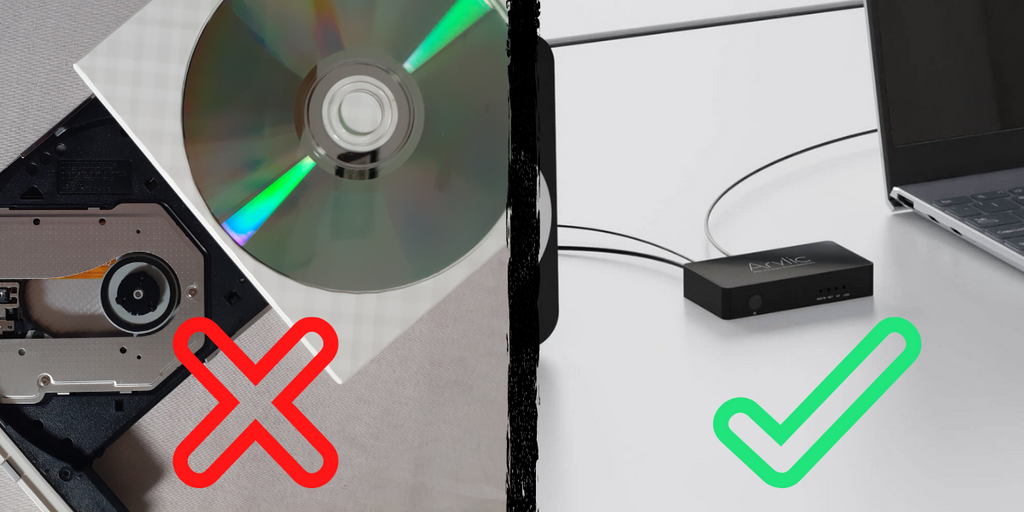
Music streamers, which are highly regarded by audiophiles, capture this trajectory of the business. They are essentially a piece of hardware that enables a user to access and play music across a network or the internet.
Compared to computers and mobile phones, the audiophile music streamer typically supports a wider variety of audio codecs and greater quality (which might be called basic music streamers).
Additionally, a good number of them have internal digital analogue converters (DACs) that typically perform better than those found in laptops or mobile phones.
Conveniently Offers A Streamlined Solution
You might have a ton of high-resolution audio files, but no effective management system. A streamer is what you need if you're seeking for an organized, user-friendly solution. The ability to access both your personal music library and streamed entertainment in one location is one of the best things about a streaming device. These gadgets were created only and only for managing music databases.
A music streamer gives you fast access to play your favourite songs over a network connection, negating the need for connecting connectors like, say, RCA cables. This is in addition to the convenience the gadget provides. Furthermore, you no longer need to carry around real music sources like CDs or vinyl records for older songs whenever you go.
Plug & Play
A feature called Universal Plug and Play makes it simple for UPnP-enabled devices to find and connect to one another. Without the need for wires and cords, it is among the additional capabilities that are now available in many contemporary music streamers.
Another noteworthy feature is the Digital Living Network Alliance (DLNA), which enables DLNA-compatible devices to connect seamlessly to one another via the WiFi network in your house.
This enables the DLNA-enabled music streamer to function as the main server for other devices attempting to access the media files stored there without physically connecting to it or transferring the contents using a computer or USB storage.
Sound Quality Differs Noticeably From Non-Dedicated Music Streamers
As was already said, you can successfully stream high-resolution music from a computer, phone, or tablet. Will the sound quality be ideal? Probably not.
Unlike other devices, a streamer is made exclusively to handle audio files. Devices with UPnP can easily find and connect to one another thanks to a feature called Universal Plug and Play.
If you want to listen to and experience the best sound quality and music playback from your favorite songs, having a dedicated music streamer is the simple option. Unspecific playback sound quality and the type of audio file used will be challenging for non-dedicated music streamer devices to handle.
A Guide For Choose Music Streamer
1. Sources of Music
The most crucial piece of advice we can offer to anyone shopping for a music streamer is to always choose a device that fits your listening preferences. Choose a streaming service that supports the genres of music you choose to listen to.

2. Streamers with built-in amplifiers
Music streamers were merely boxes that served as air traffic controllers when they were initially introduced. They directed audio, directing it to a different DAC or amp.
However, manufacturers began integrating streaming technology into their amps as soon as they realized that listeners preferred single-box systems. Having a single box that can handle audio streaming, file conversion, and amplification is what this entails. It just needs to be plugged in, speakers connected, and streaming can begin.
3. DACs
Audio streamers frequently come with digital-to-analogue converters, which convert your digital music into an audible electrical signal. Few devices today lack a DAC chip of some kind and even those that do typically have an analogue output even without an amp. This implies that you don't necessarily need to consider whether a streamer can convert your digital files to an
4. Audio File Types and Formats
You must be aware of a few crucial aspects while using digital audio, whether it is wirelessly streamed or played from a hard drive. The two important ones are sampling rate and bit depth, which both describe how much data a specific music file has.
The number of times the original studio sound was recorded, or samples, each second, is known as the sample rate. This number is expressed in Hertz (Hz). As a result, a sampling rate of 768 kHz equals 768,000 hertz, which is absurdly high.
The quantity of data encoded in each sample is known as the bit rate. The better the figures, just like the sample rate, the higher they are.
5. Your Budget
However, make sure to thoroughly check in advance if your home audio system is compatible with one before purchasing a music streamer. Furthermore, as some can be expensive, having a healthy budget is crucial.
Surprisingly few music streamers under $100 are currently available on the market, but the Arylic S10 is a viable option at this time. S10 is one of the most notable achievements of the Arylic team, which has more than ten years of experience developing audio devices.
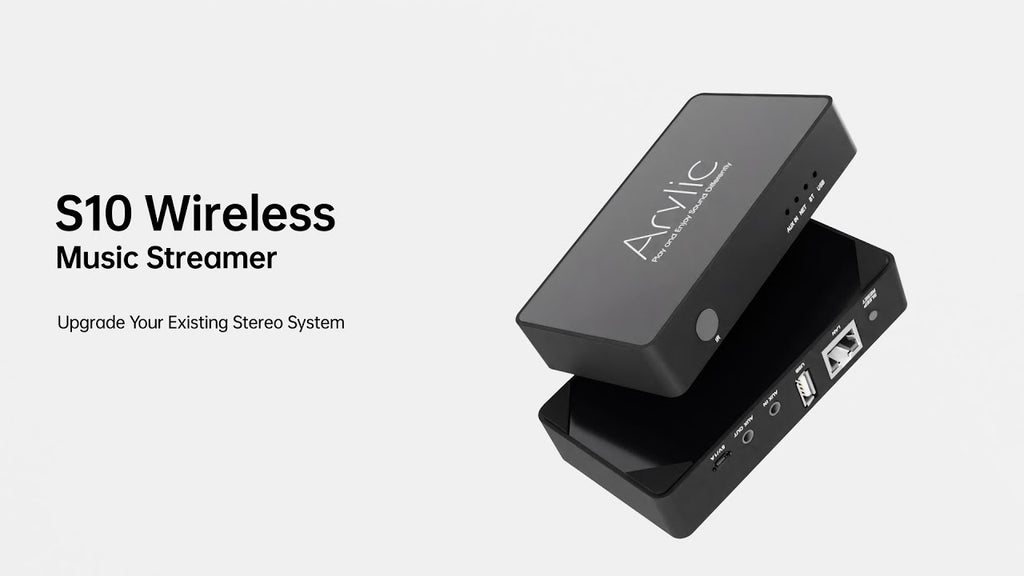
S10 WiFi music streamer can upgrade your old stereos by wifi, Bluetooth, Airplay, and Spotify connect with unlimited multiroom streaming. This is the most straightforward and cost-effective way to integrate streaming into an existing hi-fi system.
Conclusion
Investing in a dedicated music streamer device will benefit you greatly because it will provide you with the highest audio quality. The additional advantages it offers are also strong inducements to get one for yourself.
It would also be quite advantageous to be able to play music wirelessly without relying on your smartphone, computer, or laptop. If you wish to improve the sound output of an audio system that is already installed.
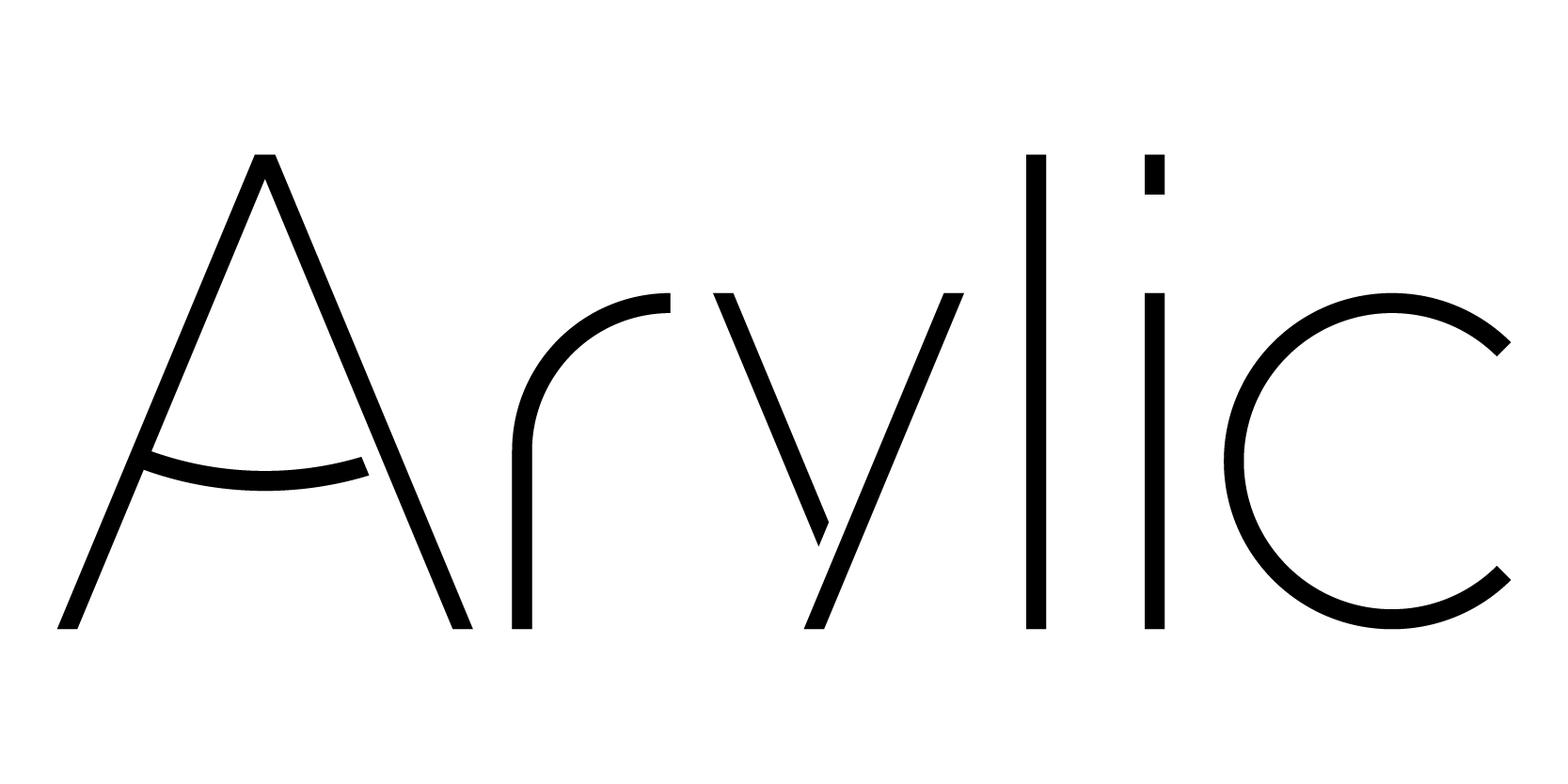
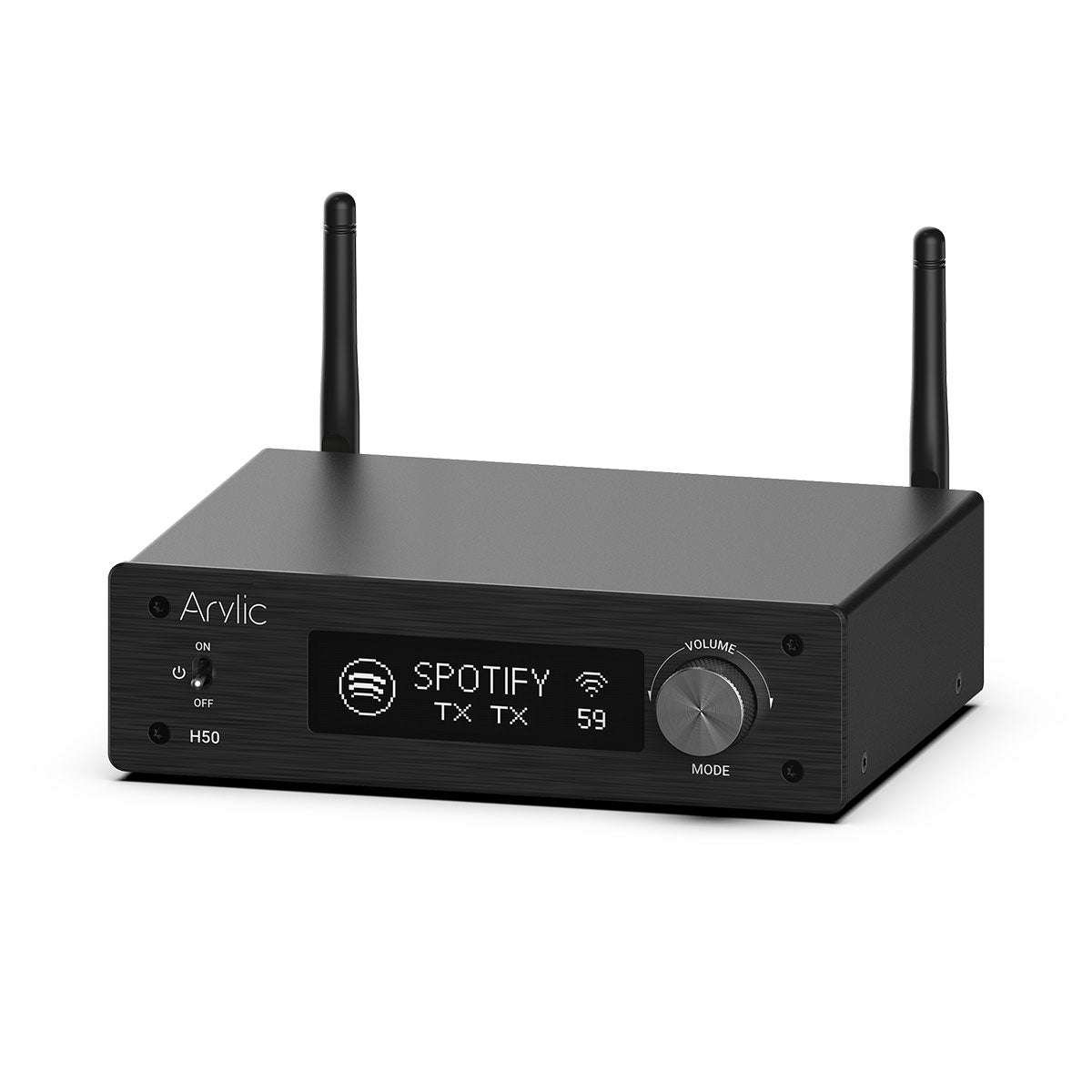
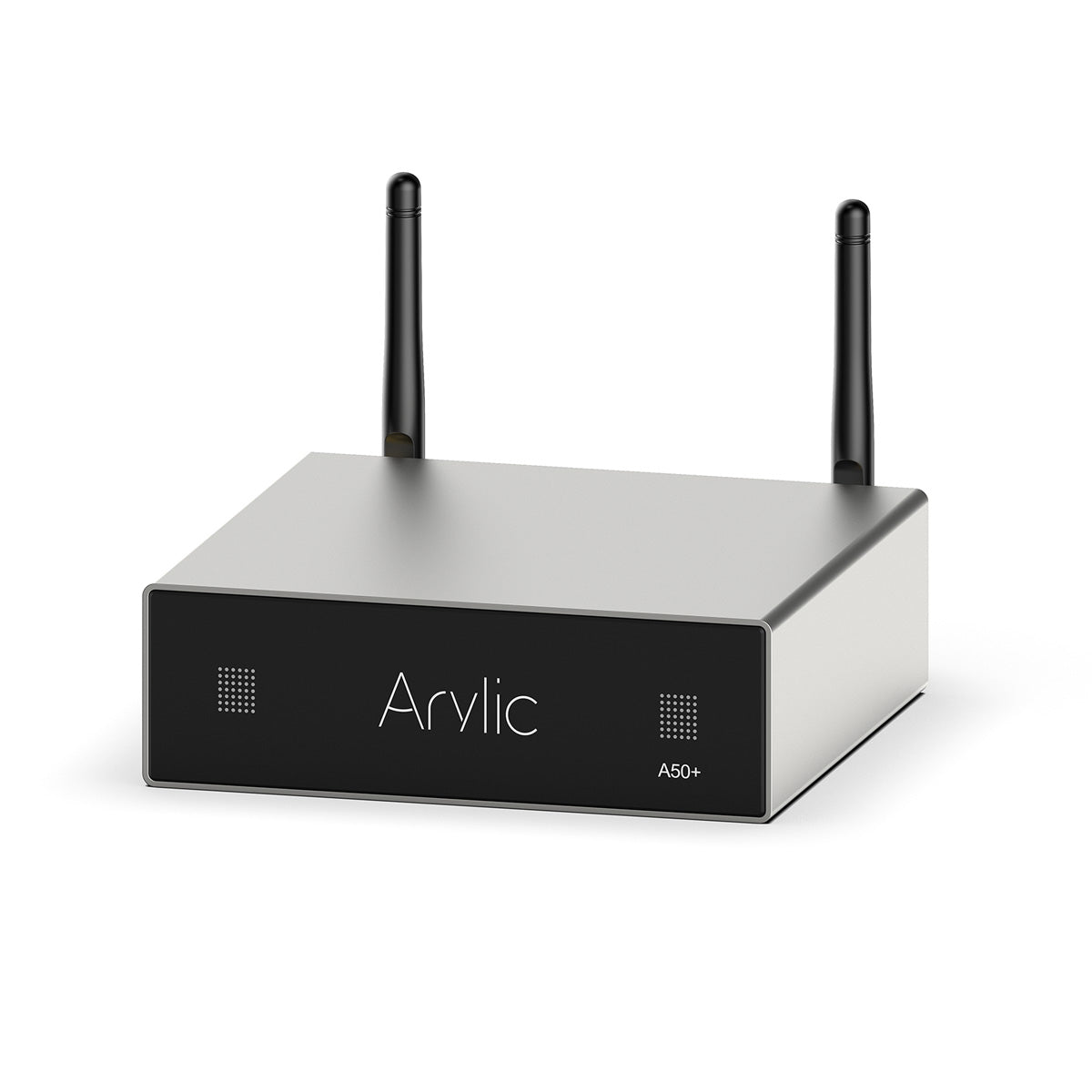
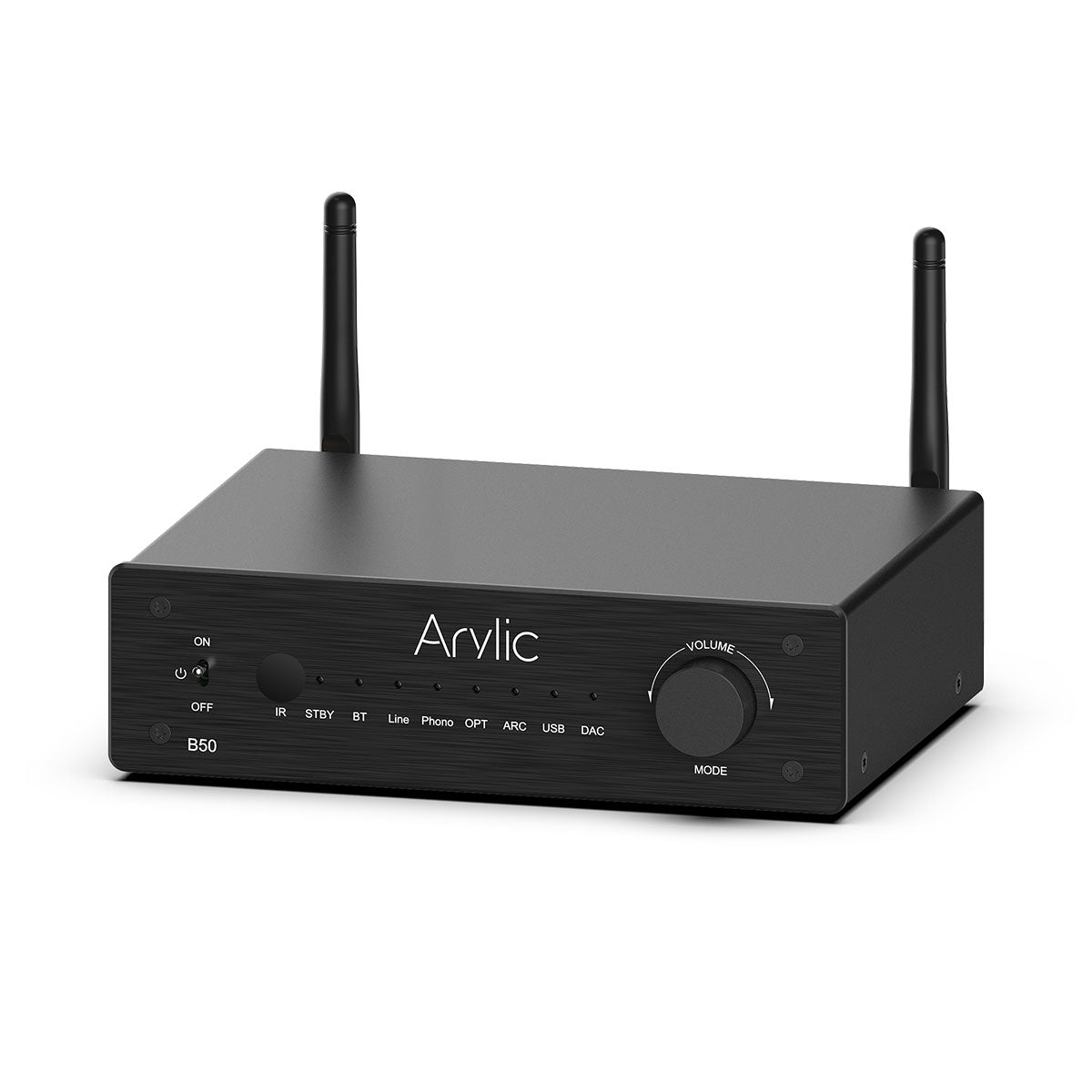
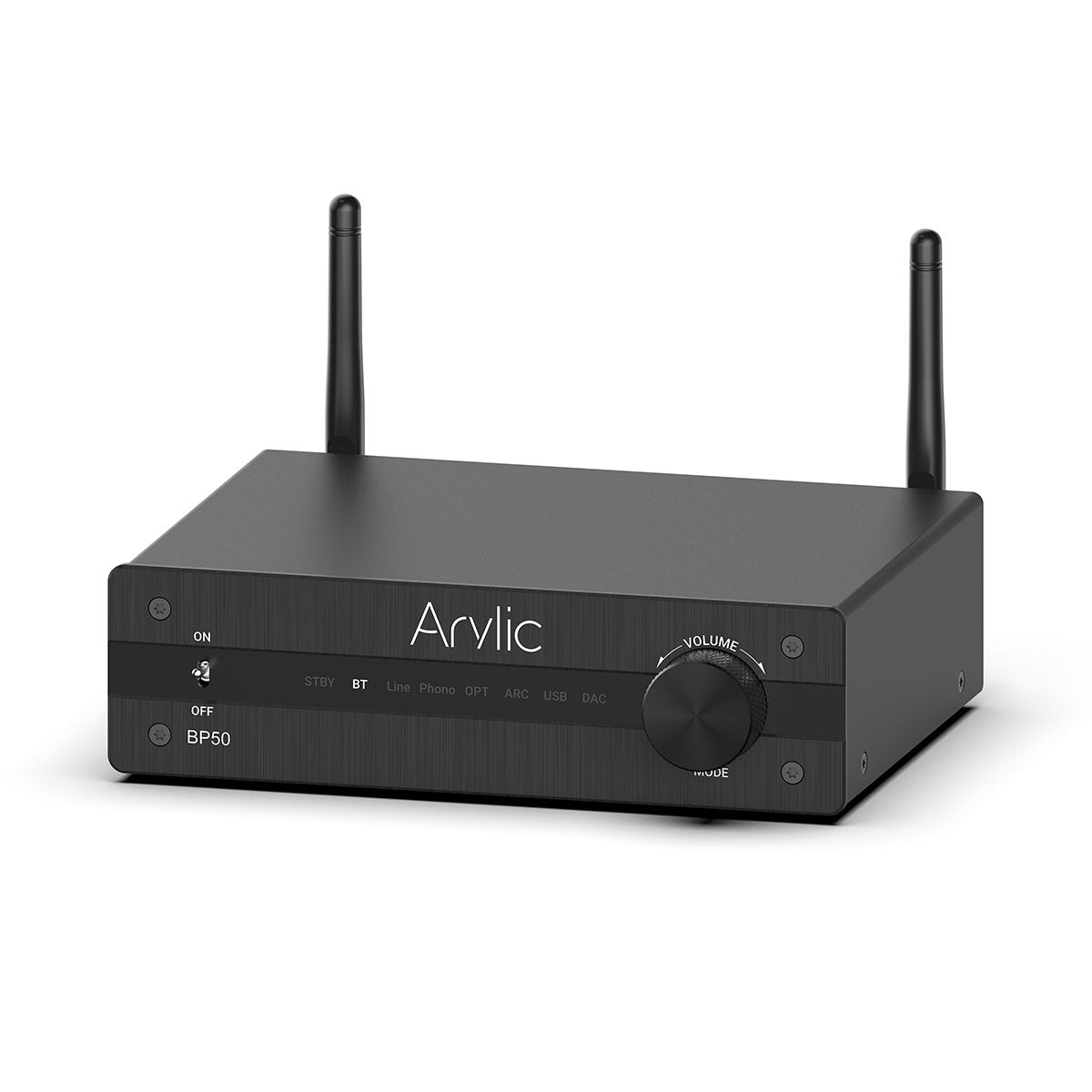
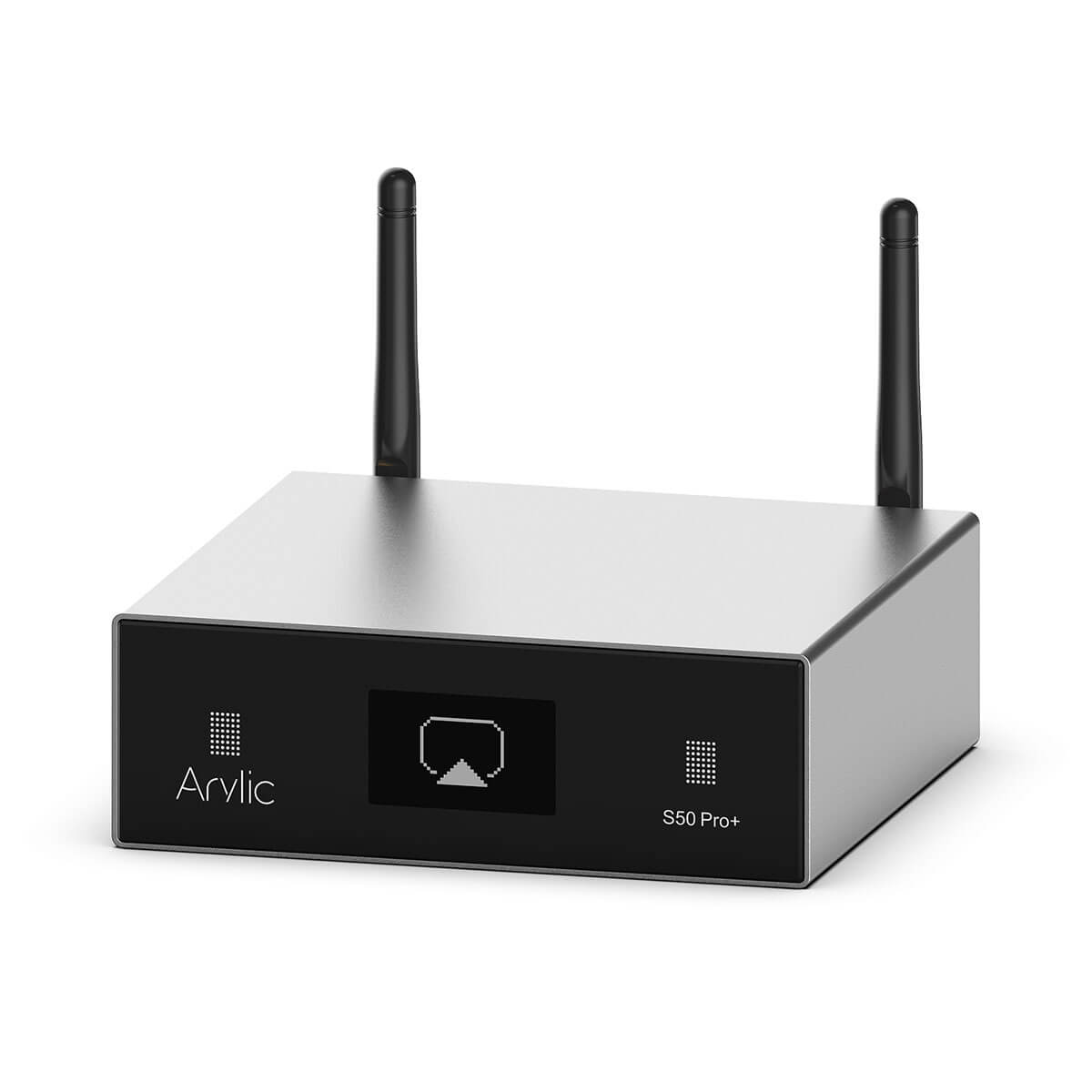
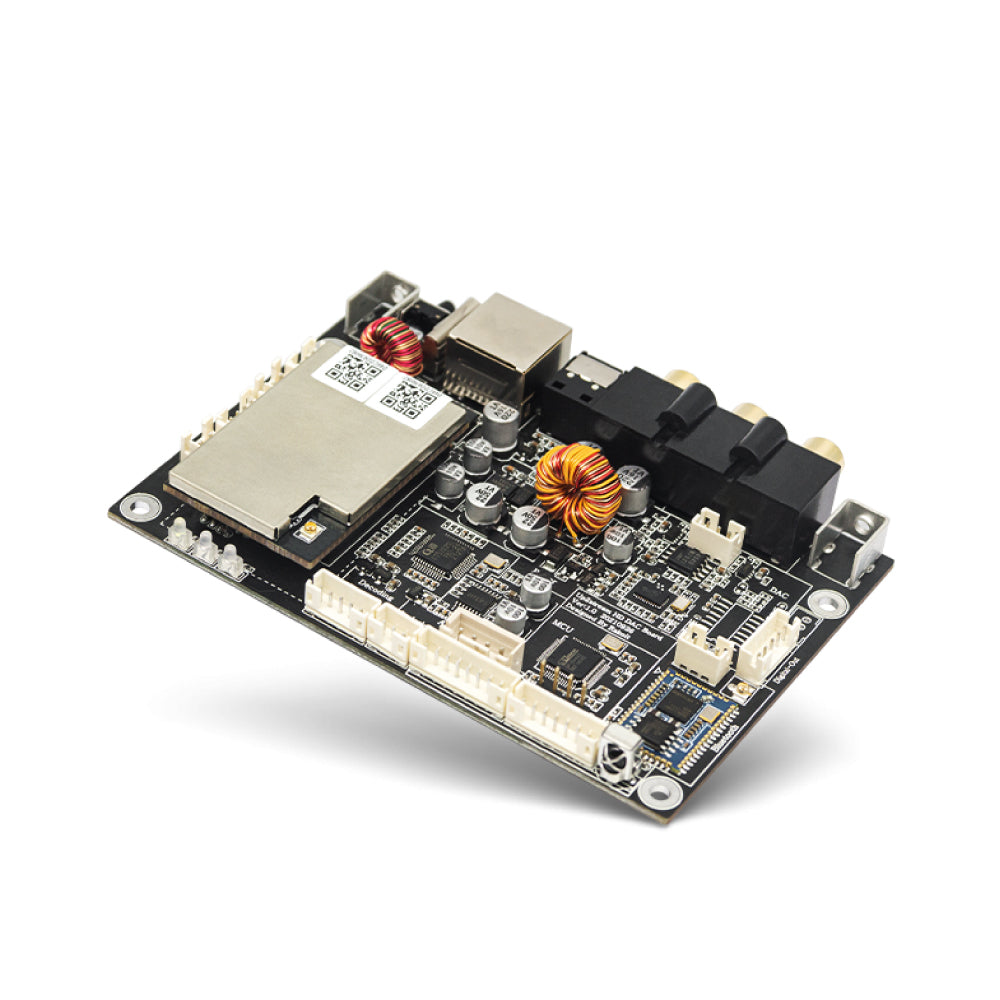
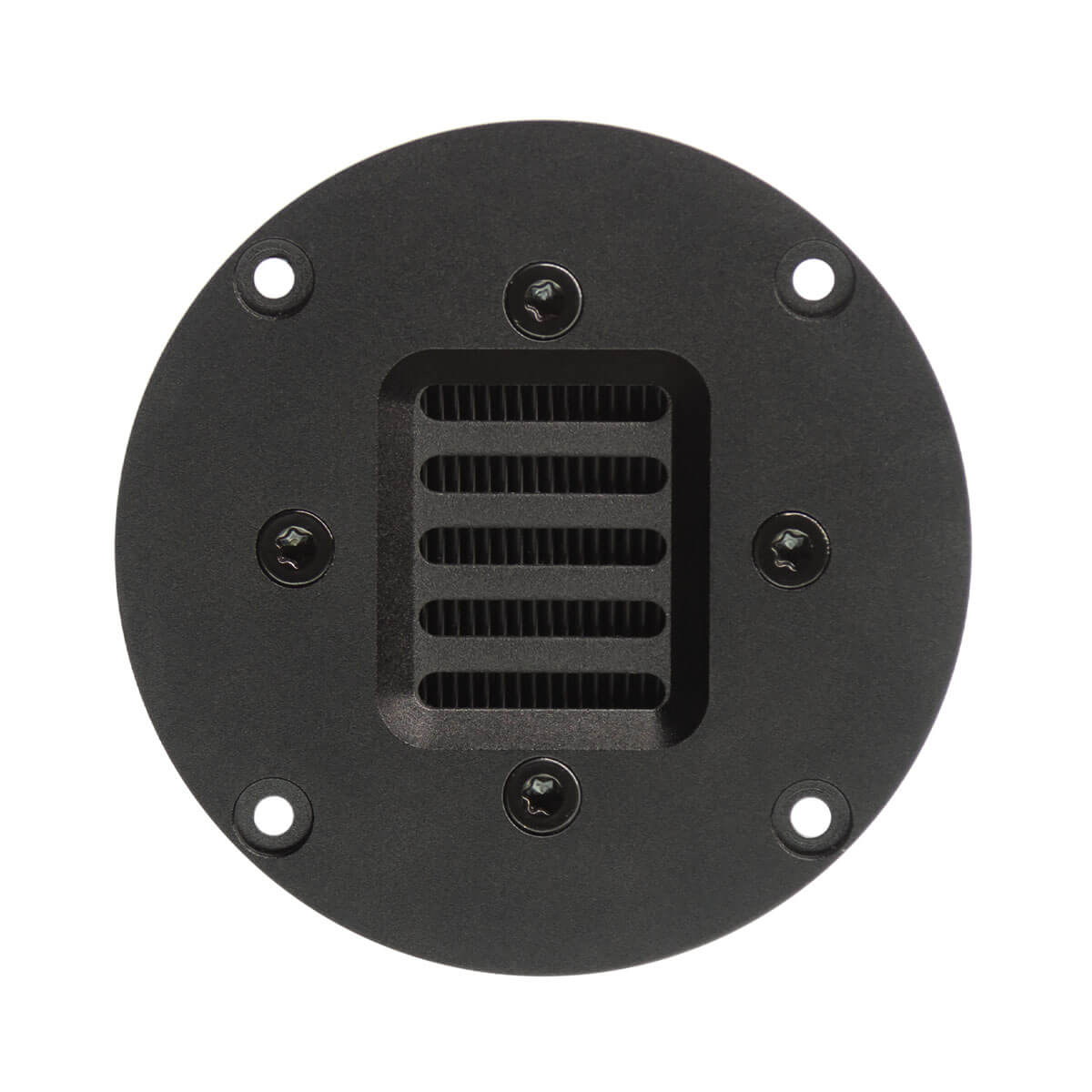
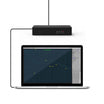
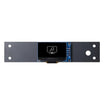


























Leave a comment
All comments are moderated before being published.
This site is protected by hCaptcha and the hCaptcha Privacy Policy and Terms of Service apply.